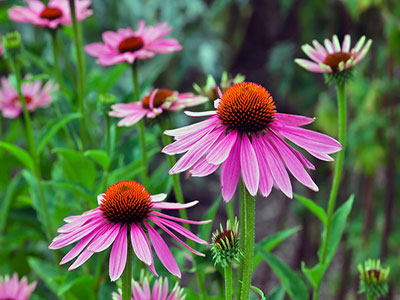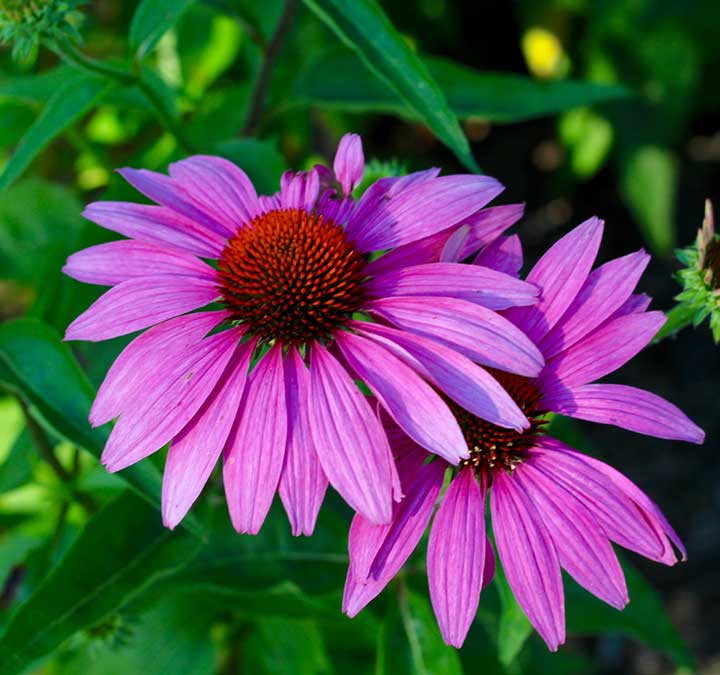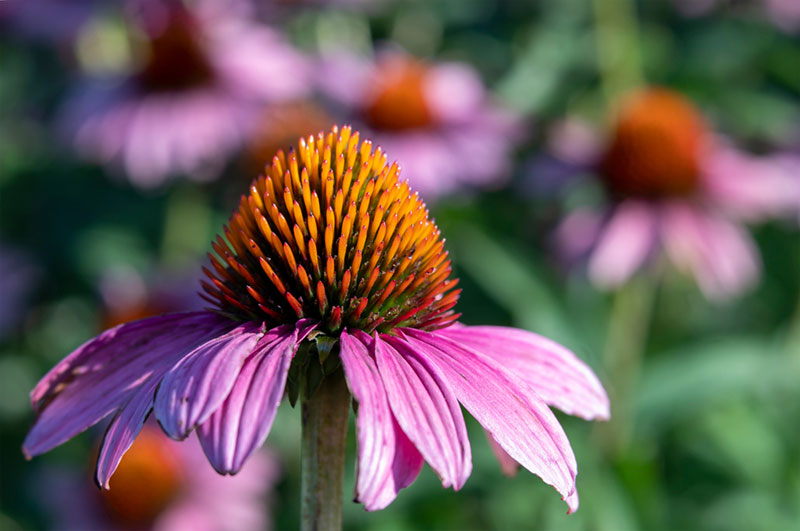Coneflower is a lovely flowering plant that is native to North America and grows as a perennial.
Many people plant this flower to attract bees and butterflies to their gardens as well as for the tall, bright flowers. It comes in red, purple, orange, yellow, and white.
You can buy coneflowers that are in pots, or you can grow them from seed. Many people like the challenge of growing from seed as well as watching the rapid growth of the seedlings.
Coneflowers aren’t very difficult to grow from seeds, and you can gather seeds from existing coneflowers or buy commercial seeds.
Cold-Moist Stratification
Once you have them, there are different ways that you can grow the seeds using a number of different techniques. These techniques give your seeds a higher success rate and will make the seeds germinate more quickly.
Like a lot of perennial seeds, coneflower seeds need to have exposure to cold temperatures to break their dormancy and start to germinate. The seeds are genetically prevented from opening at the wrong time, so they need a prolonged time of contact with the cold as well as moist conditions in order to sprout.
This process is known as cold-moist stratification, and it is necessary for getting the seeds to germinate. The seeds need to be in about 40-degree temperatures for two months in order to have far higher rates of germination. To create these conditions, there are a few techniques that you can choose from.
Seed-Starting Techniques
The first option you have is to mix damp sand in with the coneflower seeds and to keep it all in a sealed plastic bag. The bag should be put into a refrigerator and left there for anywhere from eight to 10 weeks. When the spring comes, the seeds are removed from the bag and the sand and can be placed into the ground or in indoor pots next to a window or with grow lights.
Another option that you have is to take a flat or other container and fill it with potting soil and add the seeds to the soil. Then, the container must be covered by a clear bag and placed into the refrigerator for eight to 10 weeks. After that, remove it and keep the container by a window or with grow lights so that it stays around 70 degrees. It will take up to two weeks for the seeds to germinate. As the seedlings grow, keep the soil lightly moist until it’s time to put them into the ground.
There is another option for germination as well. This is a simple way to grow coneflowers from seeds. You can take the seeds and plant them outside during the fall. Put something around the area so that animals won’t dig up the seeds. If they are planted in the fall, the seeds will get the cold temperatures they need to have so that they will be ready to germinate during the following spring. The seedlings may need to be thinned out so that the plants are at least 1 foot apart. If the plant is a large variety, they may need to be as much as 3 feet apart.
Successful Germination
When you use a cold-moist stratification method, you can have total germination success so that every seed sprouts. Without doing this, some will be successful, but not all. When you plant coneflowers from seeds, you will have to be patient with them. It can be a couple of years before they grow their famous flowers.






